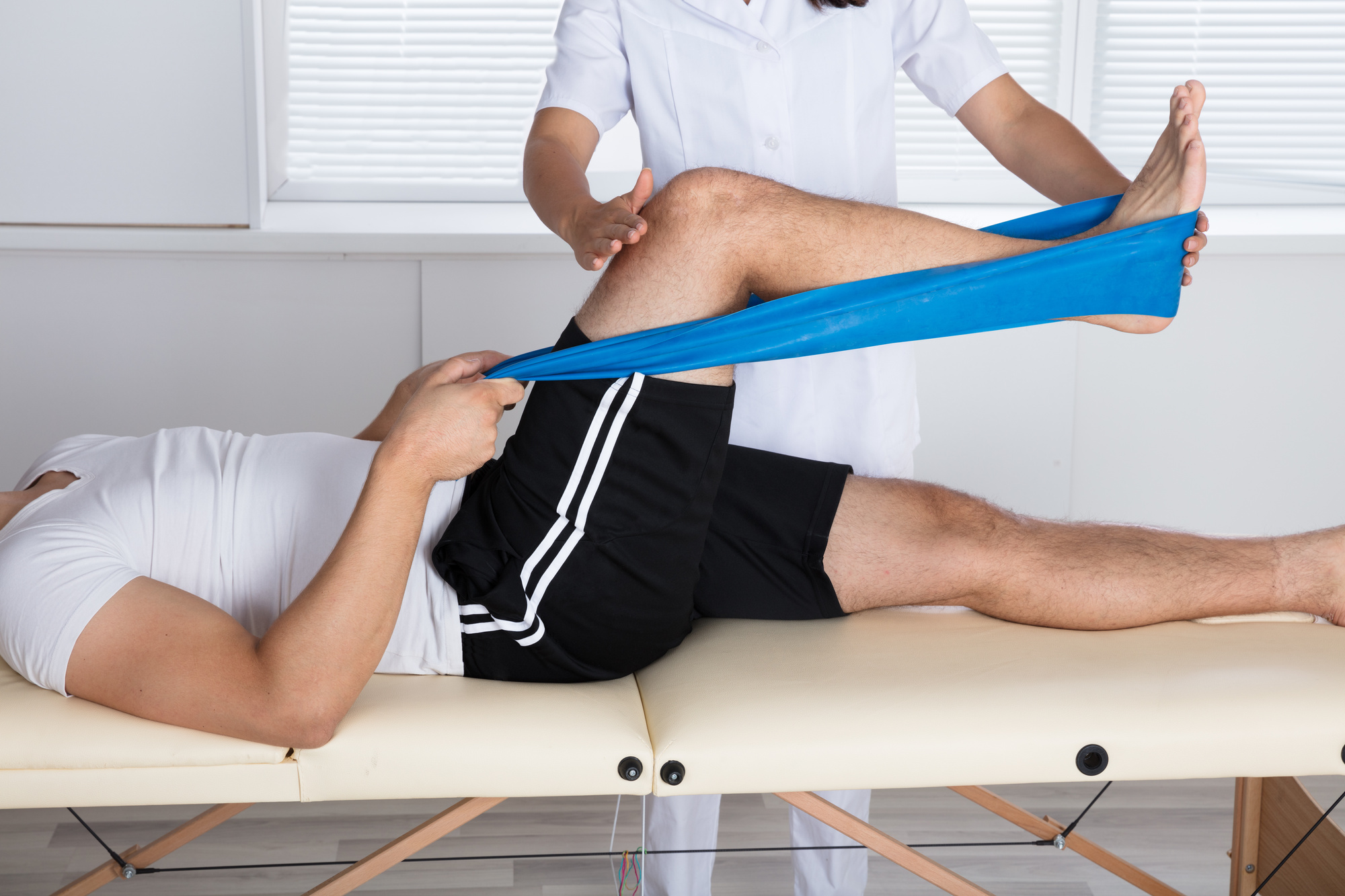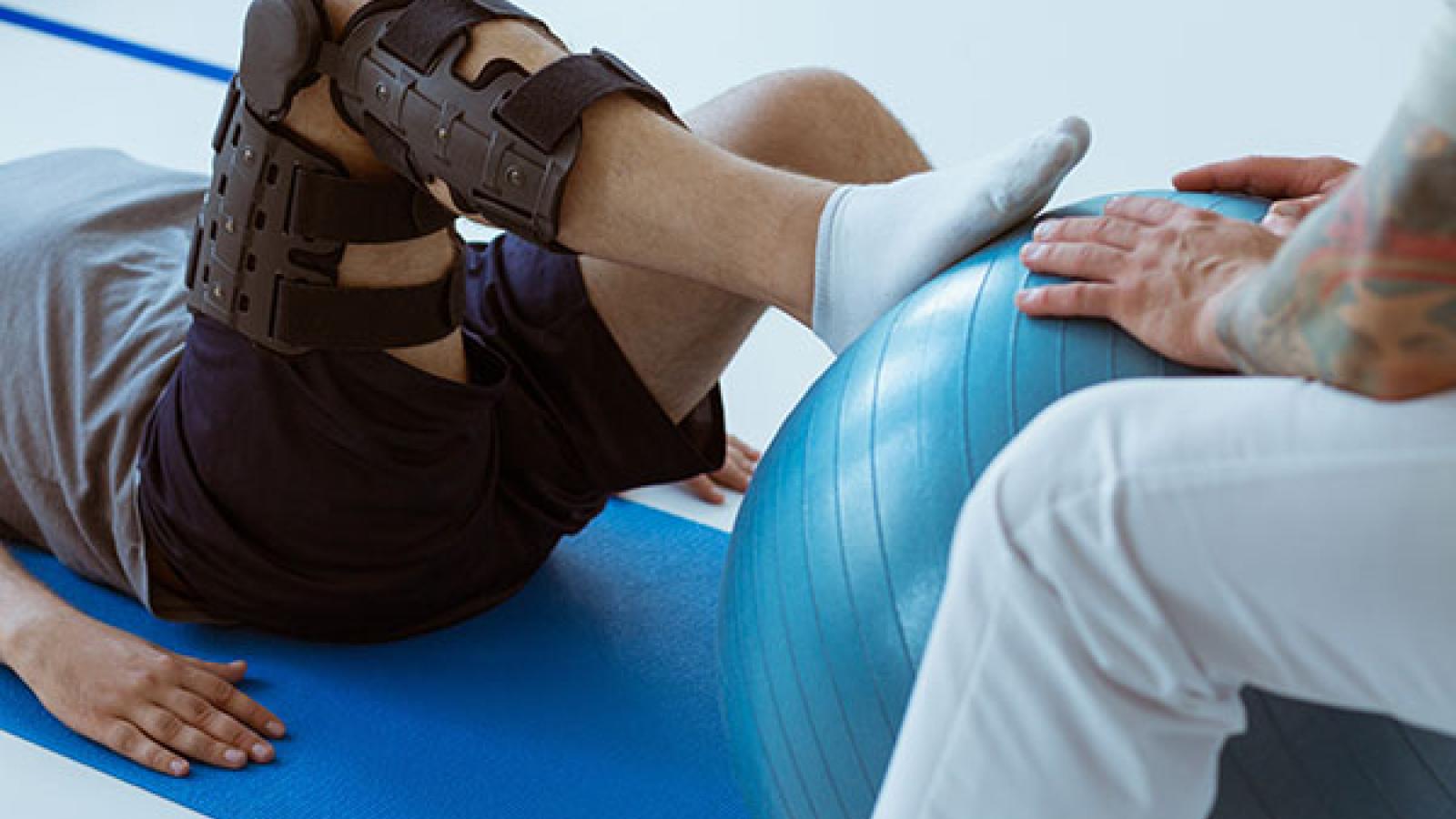The Benefits of Guidebook Therapy in Physical Recovery
Manual therapy is an important element of physical rehab that offers various advantages for individuals recuperating from injuries or dealing with chronic pain. By applying pressure and adjusting soft tissues, joints, and muscle mass, hand-operated therapy can effectively decrease muscle tension and rigidity, leading to improved overall well-being.
Improved Discomfort Monitoring
Among the main advantages of incorporating manual therapy into physical recovery is the boosted capability to manage and minimize discomfort. Hand-operated treatment methods, such as joint mobilization, soft tissue mobilization, and myofascial launch, can target details locations of pain and offer immediate alleviation. By manually manipulating the influenced locations, physiotherapists can help in reducing muscle stress, enhance blood flow, and advertise the release of endorphins, which are all-natural pain-relieving chemicals created by the body.
Furthermore, manual therapy can aid determine and address underlying root causes of discomfort (physical therapy Roanoke). By performing a complete evaluation of the person's condition, an experienced specialist can identify any joint disorders, muscle inequalities, or postural abnormalities that might be adding to the pain. As soon as these concerns are identified, targeted guidebook therapy methods can be put on bring back correct alignment, enhance muscular tissue balance, and relieve pain
One more benefit of manual therapy suffering administration is its ability to improve the performance of other treatment techniques. By utilizing manual treatment together with various other treatments such as exercise therapy or techniques like warmth or ice, specialists can create a customized and extensive treatment plan that attends to the one-of-a-kind needs of each client. This multimodal technique can bring about quicker and much more long-term discomfort alleviation, allowing patients to restore feature and improve their total quality of life.
Enhanced Variety Of Activity
Including hand-operated therapy techniques into physical rehabilitation can considerably improve a client's variety of motion. Hand-operated therapy, which consists of techniques such as joint mobilization, soft tissue mobilization, and extending, intends to attend to bone and joint constraints and advertise ideal motion patterns. By applying competent hands-on methods, specialists can target details locations of the body that might be limited in their variety of motion due to injury, surgical procedure, or persistent conditions.
One of the primary goals of hand-operated treatment in physical rehab is to enhance the client and restore's series of movement. By manually adjusting joints, specialists can help increase joint flexibility, minimize joint tightness, and boost total adaptability. Joint mobilization strategies involve gently using pressure and regulated motions to the affected joint, enabling boosted joint space and enhanced joint mechanics. Soft cells mobilization, on the other hand, concentrates on releasing stress and bonds within the muscles and fascia, advertising far better tissue extensibility and adaptability.
Enhanced variety of activity not only improves the patient's capability to execute daily activities however also plays a vital role in stopping future injuries. By raising joint movement and versatility, hand-operated therapy helps to enhance motion patterns, lowering the risk of offsetting motions that might lead to overuse injuries. Additionally, increased variety of activity can boost sports performance, enabling professional athletes to attain much better biomechanics and efficiency in their activities.
Boosted Tissue Healing
Enhanced tissue healing is a considerable benefit of incorporating hands-on therapy into physical rehabilitation. Hands-on therapy methods such as manipulation, mobilization, and massage have been shown to promote healing and regeneration of broken cells. These strategies function by promoting blood circulation, decreasing Continued swelling, and promoting the launch of growth elements, every one of which add to the recovery procedure.

Mobilization strategies, on the other hand, include the passive movement of joints and soft click to read tissues. These strategies help to separate mark cells, improve versatility, and recover normal motion patterns. By recovering proper positioning and feature, mobilization strategies help with tissue recovery by reducing tension on damaged frameworks and advertising optimal tissue positioning.
Control strategies, such as joint adjustment and spinal modifications, can likewise boost cells recovery. These techniques help to realign joints and enhance joint movement, lowering discomfort and swelling. By recovering proper joint mechanics, manipulation techniques promote tissue recovery by decreasing anxiety on hurt frameworks and assisting in correct activity patterns.
Including hand-operated therapy into physical rehab programs can substantially improve cells healing. By promoting blood flow, decreasing swelling, and advertising the launch of development aspects, hands-on therapy techniques help to optimize the recovery process and speed up recovery.
Better Functional Mobility
Boosted useful wheelchair is a crucial advantage of incorporating hand-operated treatment right into click resources physical rehab. Manual treatment methods such as joint mobilization, soft tissue mobilization, and muscle power methods can help restore array of movement, boost flexibility, and boost general movement patterns.
Among the primary goals of physical recovery is to improve functional flexibility, which describes the ability to execute everyday activities successfully and without limitations. Manual treatment can play a vital duty in accomplishing this goal by resolving limitations in joint flexibility, muscular tissue rigidity, and soft tissue attachments.
Joint mobilization techniques, executed by proficient therapists, can aid restore regular joint auto mechanics and improve joint variety of motion. This can be especially beneficial for people with problems such as osteoarthritis or post-surgical rigidity.

Muscle energy strategies involve proactively contracting and kicking back particular muscles to bring back equilibrium and improve joint positioning. These strategies can help remedy postural imbalances, enhance muscle coordination, and inevitably improve useful movement.
Minimized Muscle Mass Tension and Tightness
Manual therapy in physical recovery can effectively minimize muscle stress and stiffness. Manual treatment techniques, such as massage, myofascial release, and joint mobilization, have been located to be very valuable in lowering muscular tissue stress and stiffness.
Massage treatment, for instance, entails applying pressure and controling soft tissues to advertise relaxation and boost blood flow. Myofascial release strategies target the fascia, the connective tissue that borders muscles, to restore and launch restrictions flexibility.
Additionally, joint mobilization strategies are typically used to enhance joint mobility and minimize muscular tissue tightness. These strategies involve using regulated movements to the joints, which can aid to decrease muscle mass stress and improve general joint feature.
Final Thought
Finally, hands-on treatment has shown to be valuable in physical rehabilitation by enhancing discomfort management, enhancing series of movement, boosting tissue recovery, promoting much better useful mobility, and decreasing muscle mass tension and tightness. These searchings for highlight the relevance of incorporating hands-on therapy methods right into recovery programs to maximize patient end results and improve overall high quality of life.
Hands-on treatment strategies, such as joint mobilization, soft cells mobilization, and myofascial launch, can target details locations of discomfort and provide immediate relief. By using hands-on therapy in conjunction with other interventions such as exercise therapy or modalities like warmth or ice, therapists can create a comprehensive and individualized treatment plan that addresses the unique demands of each patient. Hands-on treatment, which includes strategies such as joint mobilization, soft cells mobilization, and extending, intends to resolve musculoskeletal restrictions and advertise optimum activity patterns. Hands-on therapy techniques such as control, mobilization, and massage have actually been revealed to promote healing and regeneration of broken tissues. Manual treatment methods, such as massage, myofascial launch, and joint mobilization, have been found to be very helpful in decreasing muscle stress and rigidity.